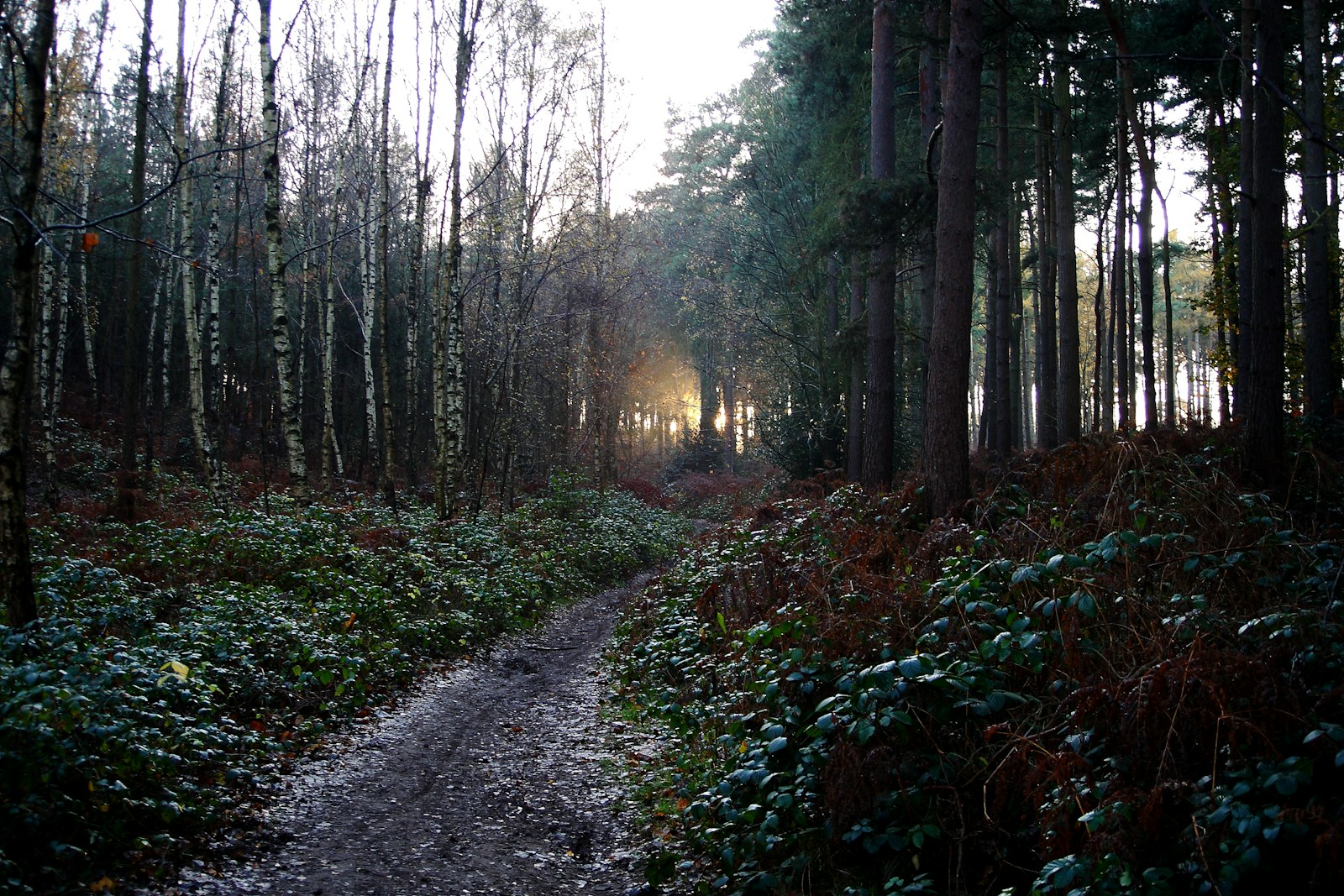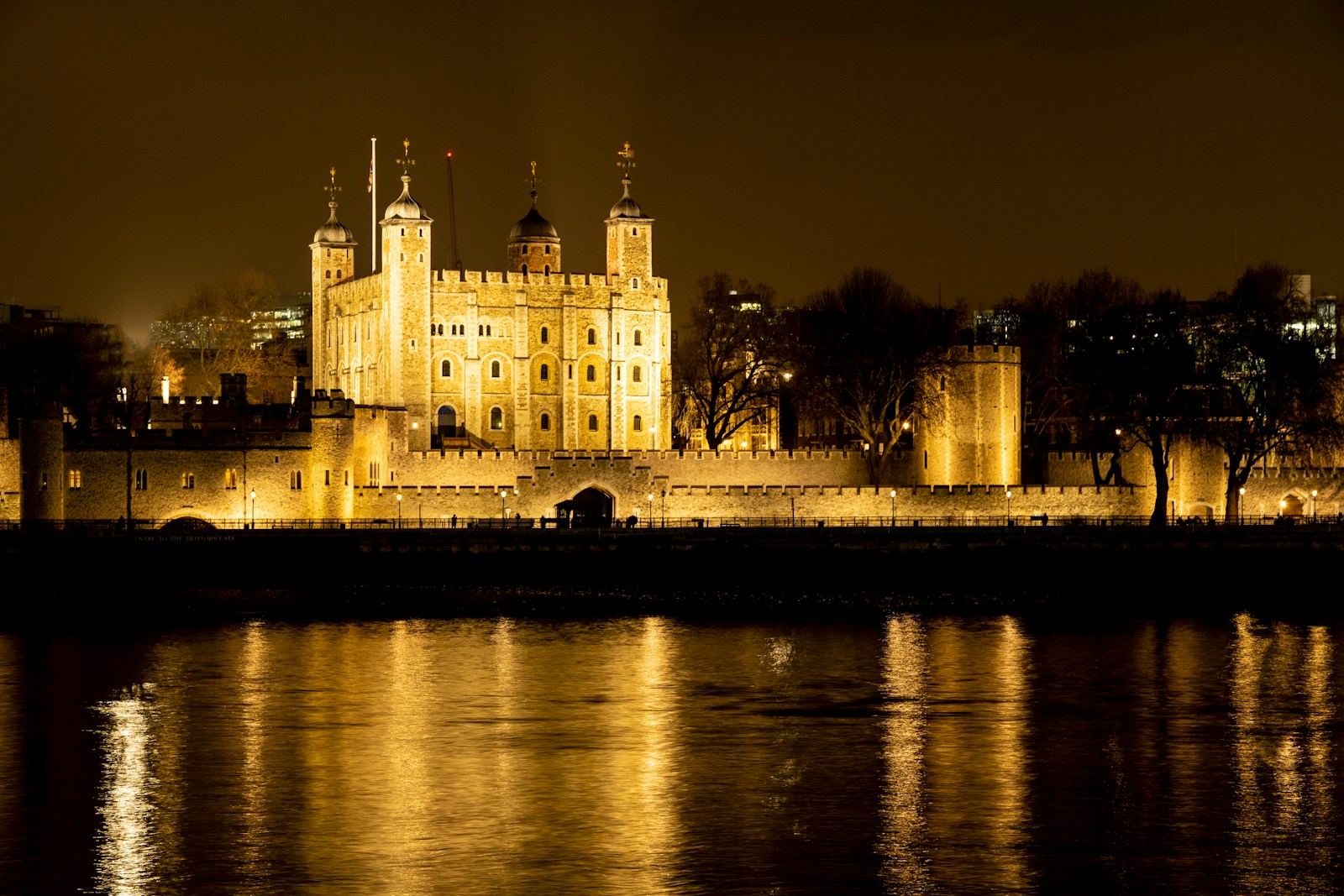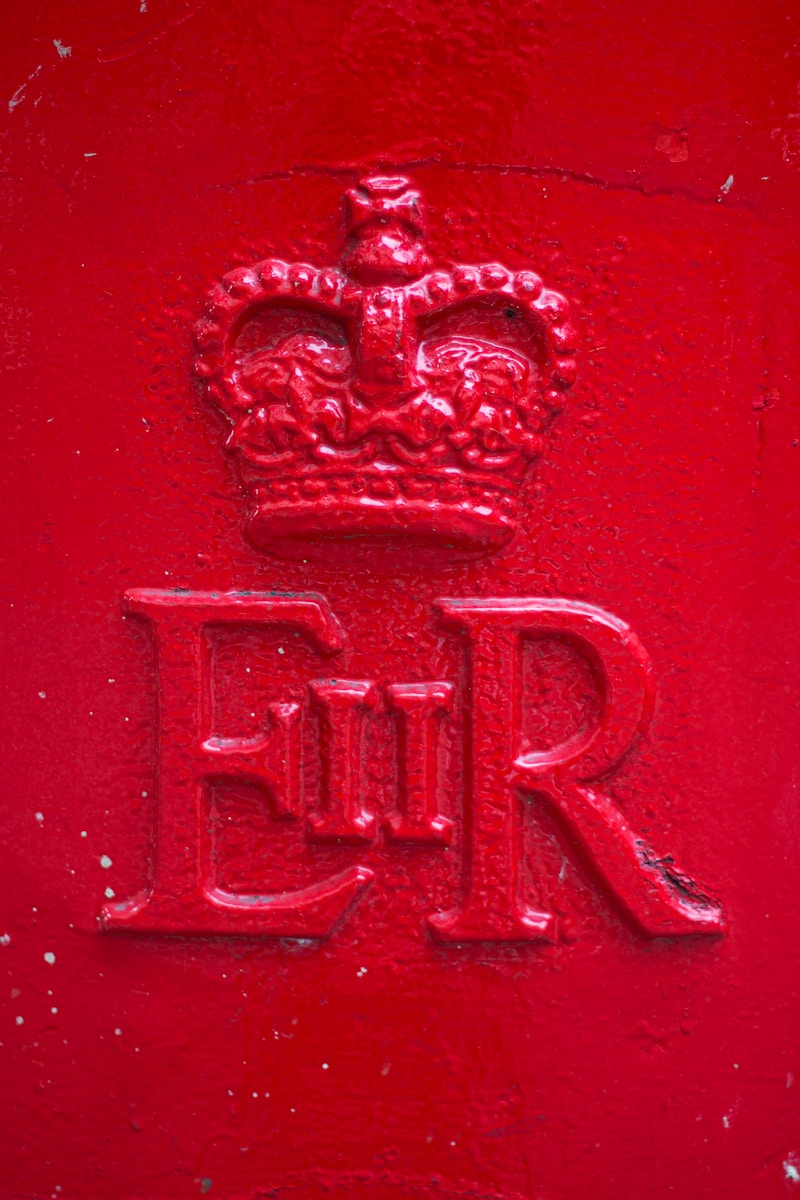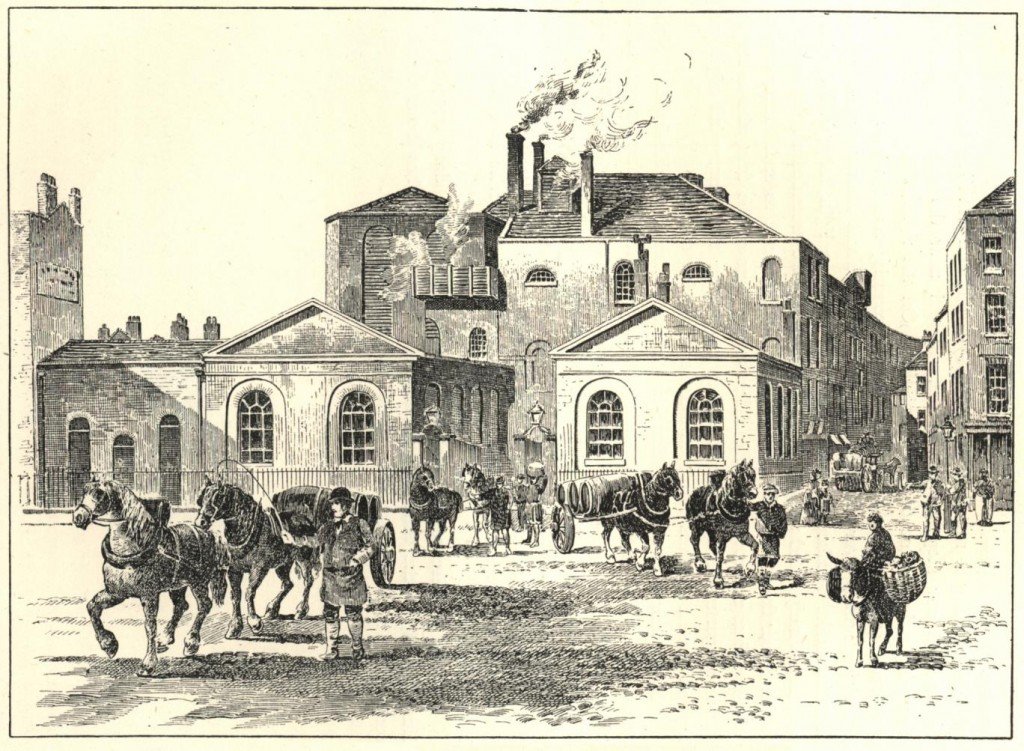
Introduction: A Nation under the Cloud
If you’ve ever been to Britain, you’ll know the weather is a frequent topic of conversation. It’s not just small talk; it’s practically a national pastime. Walk into any pub or queue at a bus stop, and you’ll likely overhear a discussion about the latest rain showers, unexpected sunshine, or even the infamous fog. But this isn’t just about keeping conversation flowing—Britain’s climate has played a significant role in shaping the national character.
A Shifting Climate: Historical Context
The British Isles have a temperate maritime climate, characterized by mild temperatures and varying rainfall. Historically, this meant that the weather could be unpredictable, leading to a culture of resilience and adaptability. From the medieval period, when crop failures due to poor weather could spell disaster for communities, to World War II when the “Blitz” brought not only bombing but also dreary weather, Brits learned early on that the climate could be both a friend and foe.
The 19th century saw the onset of the Industrial Revolution, which prompted a major shift in how the British interacted with their environment. Factories dotted the landscape, and urban centres expanded rapidly. While this period brought about significant advancements, it also meant that Brits had to contend with smog and pollution, leading to a collective desire for fresh air and a connection to the countryside. This changing dynamic further deepened the relationship between the British people and their weather.
Pubs, Parks, and Picnics: Social Life and the Weather
Weather seems to dictate social life in Britain. On sunny days, parks are filled with people picnicking, playing frisbee, and soaking up the sun. The moment the sun peeks through the clouds, it’s as if a switch flips. People rush out of their homes, ready to embrace the fleeting moment. Conversely, when the rain arrives, many retreat into pubs, where the ambiance is often cozy and communal.
Pubs have become a haven for discussing the weather, where punters may wax lyrical about the oddities of seasonal changes over a pint. This social aspect reinforces a shared experience; the weather is a great equalizer. Whether you’re a banker or a baker, everyone has a story about being caught in a downpour or enjoying a rare sunny weekend.
The Unpredictability Factor
Britain’s weather is notorious for its unpredictability, which has led to a national personality that is, in many ways, characterized by a sense of humor and resilience. The famous phrase, “If you don’t like the weather, wait five minutes,” encapsulates this sentiment perfectly. This whimsical view fosters a culture of adaptability. Brits have learned to keep an umbrella handy, don layers of clothing, and maintain a “keep calm and carry on” mentality.
On the other hand, this unpredictability breeds a sense of camaraderie. When a storm hits or when the sun graces the land, social media comes alive with witty memes and photographs. The British embrace their weather, however strange it may be, and it sparks a collective connection among people.
The Role of Weather in British Culture
Beyond casual conversations, weather plays a significant role in British literature, art, and folklore. The gloomy skies, rolling mists, and dramatic weather patterns have inspired countless poets and novelists. The Brontë sisters often used weather to evoke mood and create atmosphere, while Shakespeare famously wrote about the “foul weather” that reflects human emotions.
In the realm of art, landscapes are often depicted with an emphasis on the dramatic skies of England, showcasing everything from vibrant sunsets to stormy seas. British artists such as J.M.W. Turner captured the essence of the changing climate in his paintings, illustrating how tightly woven weather is into the national identity.
Folklore and local beliefs are also intertwined with weather patterns. For example, many Brits still hold on to the age-old superstition of predicting the weather through natural signs, such as the behavior of animals or the thickness of a spider’s web. This connection to nature emphasizes the longstanding relationship between the people and their environment.
Festivals, Holidays, and the Great British Summer
When we think about British culture, festivals and public holidays often come to mind, and they are invariably influenced by the weather. The Great British Summer is a time for outdoor events, from music festivals to village fairs. However, the British summer can be notoriously fickle. Organizers often have contingency plans in place to prepare for rain, and attendees are accustomed to bringing wellies (rubber boots) alongside their picnic blankets.
Take, for example, the famous Glastonbury Festival. Attendees often joke that mud is as much a part of the experience as the music. The unpredictable weather has become an expected part of the festival’s charm, and revelers embrace the chaos with enthusiasm.
Similarly, events like Trooping the Colour—where the British royal family celebrates the monarch’s official birthday—often hinge on weather conditions. These gatherings may be bathed in sunshine or drenched in rain, but regardless, the spirit remains unshaken.
The Modern Weather Forecast: Technology and Awareness
As technology has evolved, so too has the way the British engage with weather. Gone are the days of merely looking out the window to gauge the day’s forecast. Now, we have apps, websites, and constant updates to keep us in the loop. The Met Office, the UK’s national weather service, provides detailed forecasts and warnings, helping people plan their days and activities.
Yet, despite all this information at our fingertips, the unpredictability remains a topic of fascination. Weather forecasters are often met with skepticism; a sunny forecast can change to rain in mere moments, leading to the popular phrase, “It’s not a forecast; it’s a guess!”
Conclusion: A Love-Hate Relationship
Ultimately, Britain’s obsession with weather is a reflection of the national character—resilient, humorous, and deeply interconnected. It’s a constant topic that brings people together, whether they’re sharing stories in a pub, enjoying a sunny picnic in the park, or facing a sudden downpour. The British have learned to embrace the unpredictability of their climate, turning it into a shared experience filled with laughter and camaraderie.
In a world where so much can divide us, the weather remains a common ground, bridging gaps and fostering connections. So the next time you find yourself in Britain, don’t be surprised if the weather becomes the focal point of conversation—it’s just a part of the national charm. Whether it’s rain, shine, or everything in between, Brits have mastered the art of navigating their climate with grace, humor, and an unwavering spirit.









